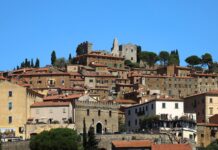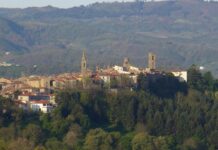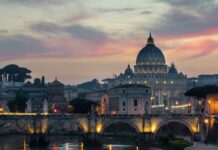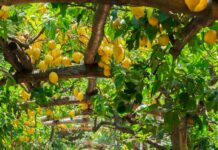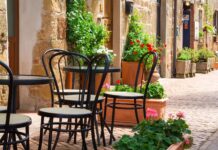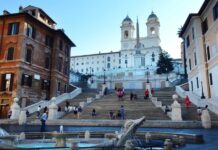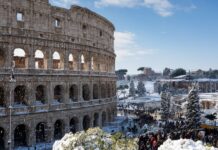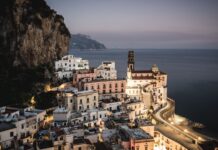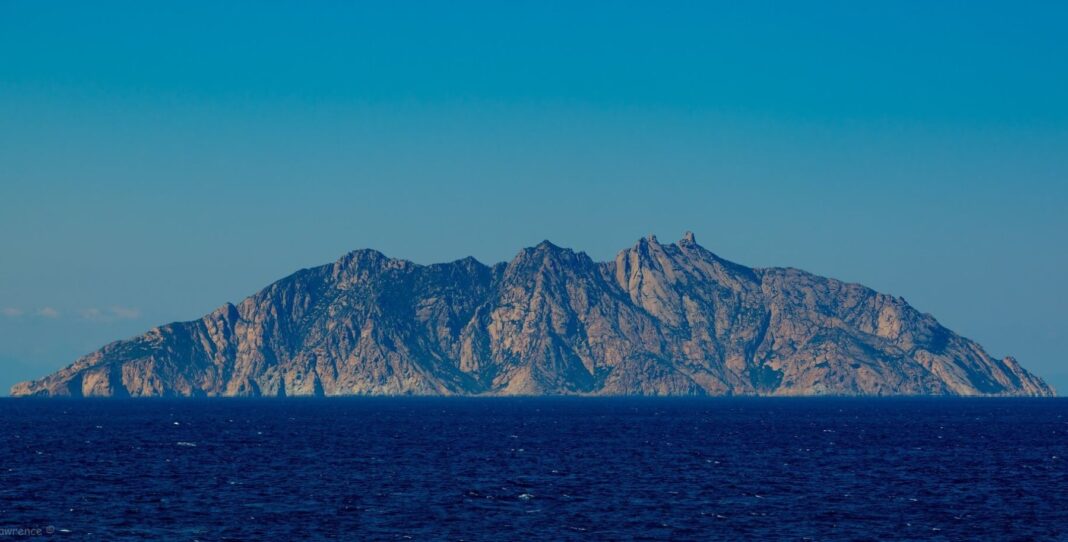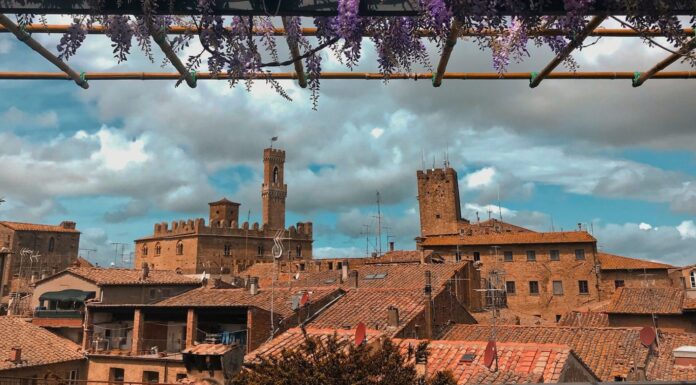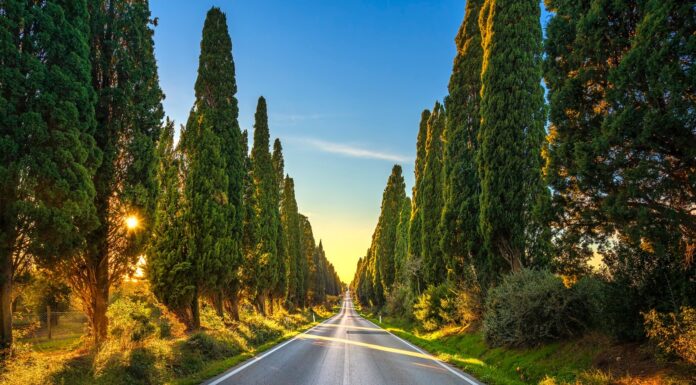Not so far from the Tuscan hinterland, the timeless Monte Cristo Island surprises its travelers with its peculiarity. Considered the gem of the Tyrrhenian Sea, it’s surely a must-see spot for those who are looking for relaxation, naturalistic beauty, or adventure. From sunlit areas and iconic landscapes to suggestive granite boulders, this island offers unforgettable experiences for everyone, but also an impressive historical and cultural background.
Previously called ‘Oglasa’ or ‘Monte Christi’ (from Italian ‘Monte Cristo’), this biogenetic reserve probably takes these denominations from its monastic vocation. Indeed, it is said that – during the 5th century – there was the so-called San Mamiliano Monastery. Moreover, Montecristo Island owes its fame and success to the literary masterpiece ‘The Count of Monte Cristo’, written by Alexandre Dumas. This romance, indeed, is set on the 19th-century island, which hides a coveted and mysterious treasure.
Completely uninhabited, Montecristo Island presents narrow paths and a fascinating variety of flora and fauna, perfectly preserved and supervised by the two guardians. Whether you are interested in sunbathing, visiting unexpected shores, or evocative sceneries, keep on reading to find out the best things to do and see or accommodations to stay thereabout.
How to Get to Montecristo Island
Monte Cristo Island, mostly made of gray-pink granite, has a pyramidal shape which, in ancient times, guaranteed protection in case of attacks from enemies or pirates. Nowadays, however, it looks quite difficult to reach the adjacent Monte Fortezza or Cima of Lecci. The jagged coasts do not allow the landing anyplace but Cala Maestra, on the West side.
You can only reach Montecristo Island during spring (1st march-15th April) or summer/autumn (15th may-31st October) by using a public/private boat subject to authorization from the Forestry Corps, which will bring you to Cala Maestra. It is also allowed just a paid boat access per day with a maximum of 15 people on it. Nevertheless, the spot accepts no more than 2000 people per year. If you are an international tourist, moreover, you can fly from your motherland to Tuscany’s main cities and take a ferry boat to this charm.
9 Places to Visit in Montecristo Island, Tuscany
1. San Mamiliano Monastery

The rural San Mamiliano Monastery is an ex-place of worship, based on a massive hill of the Island. There, you can find interesting remains of it, which anciently received many donations and briefly became one of the richest monasteries of the Archipelago, including:
- a huge chapel;
- a cloister with an adjoining cistern;
- numerous rooms for the monks;
- a little garden.
This site is strictly connected to San Mamiliano, who came to this island in order to escape from Sicily and pray with his followers. After that, local people became devoted to him and founded the homonym structure.
2. Cala Corfu
Nestled not far from the North-West coast, Cala Corfù is a fascinating sea bay with a rich historical tapestry. Utilized by the Spanish as a strategic naval base, it echoes the tales of maritime dominance that once graced its shores. Upon arrival, the landscape unfolds, revealing the resilient leaves of trenches and the charming settlements of traditional fishermen’s houses, each structure a silent storyteller of the bay’s enduring past. As you explore, the salty breeze carries with it a sense of timelessness, connecting you to the intricate threads of history woven into this coastal haven.
3. Fortress of Montecristo
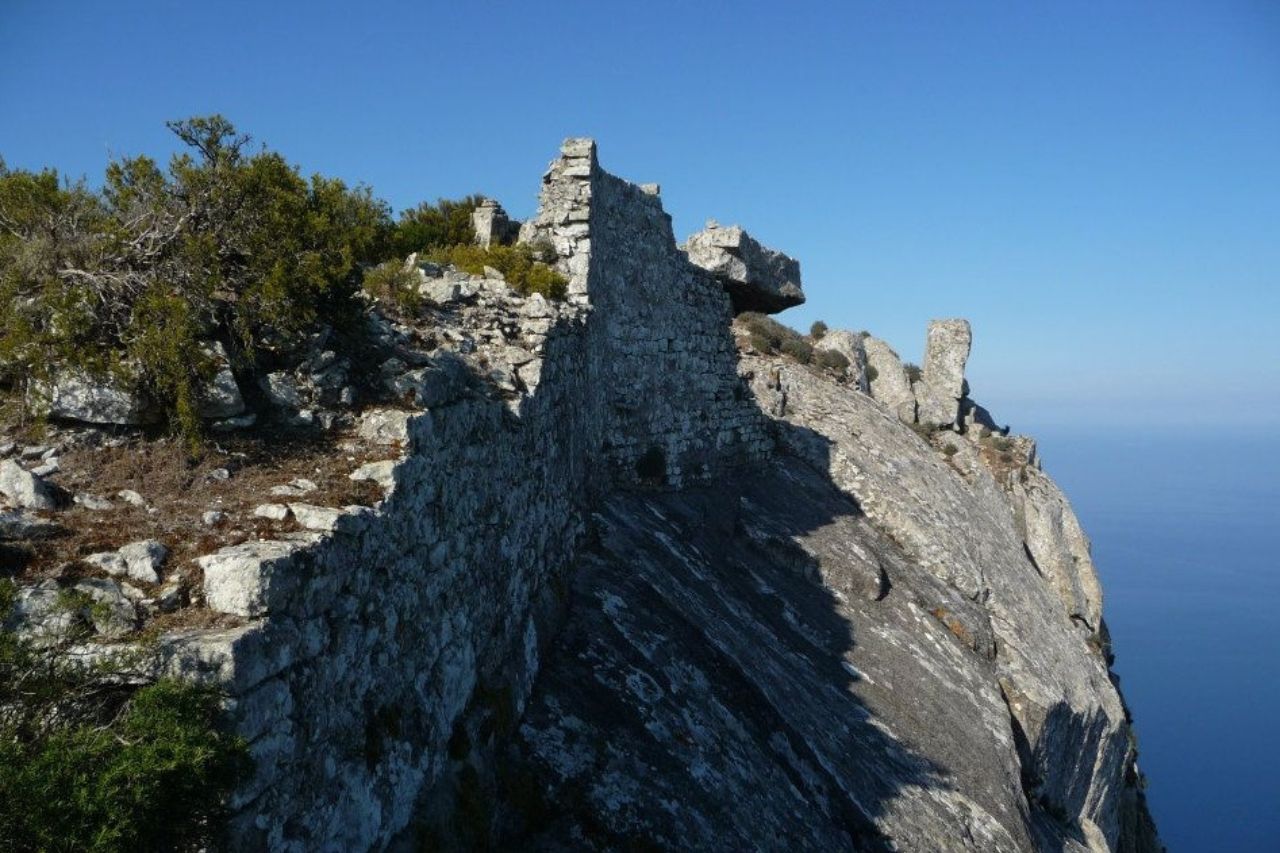
Perched atop Monte Cristo, the eponymous Fortress stands as a formidable structure dating back to the 16th century. Shaped like a pentagon, this historical complex served as a staunch defensive bastion against potential attacks. Its strategic design not only rendered it nearly impregnable but also provided a breathtaking vantage point overlooking the surrounding coastal panorama. Today, visitors can explore the remaining vestiges of this once-mighty fortress, granted permission by Follonica’s Forestry Corps, offering a glimpse into the enduring legacy of its defensive prowess.
4. Grotta del Santo
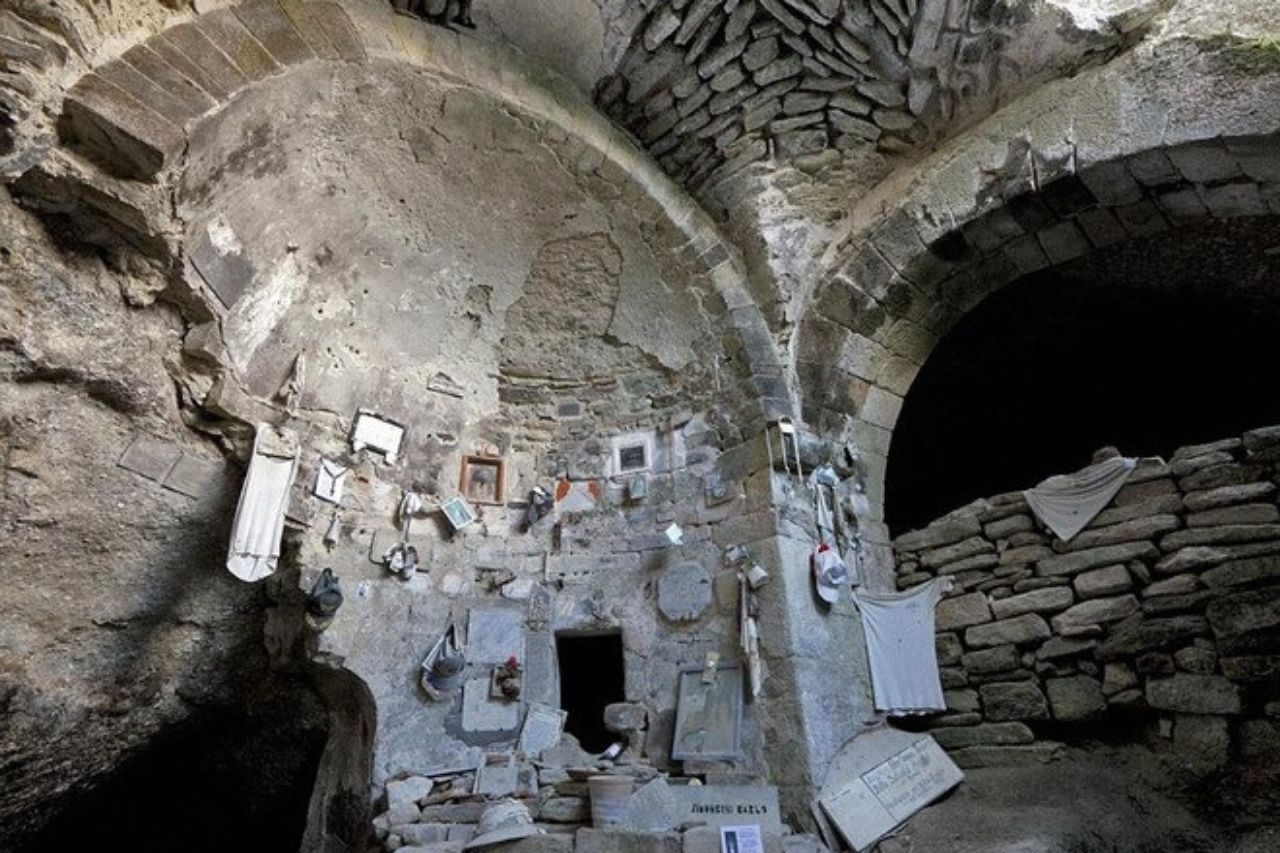
Grotta del Santo, tucked between the dense vegetation of Montecristo, is a significantly important place of interest. Also known as ‘Grotta di San Mamiliano’ or ‘Grotta del Drago’, this one dates its history back to the century.
During that time, in fact, San Mamiliano was the bishop of Palermo. Escaping from Sicily, he went to Monte Cristo Island to meditate and pray in solitude. There, he found this cozy hollow next to Monte Fortezza. As legend tells, he bravely killed a flying dragon and gave birth to one of the purest sources of water.
5. Cala Maestra

Nestled along the North-West side of the island, Cala Maestra unfolds as a captivating cove. Graced with the presence of a picturesque Roman column and a charming pebble beach, it invites visitors to bask in the beauty of its surroundings. From the shoreline, the crystalline waters of the sea paint a mesmerizing scene, adding a touch of magic to this wonderful coastal enclave. Explore the remnants of ancient history and relish the serene ambiance of Cala Maestra, a hidden gem awaiting discovery.
6. Natural Reserve
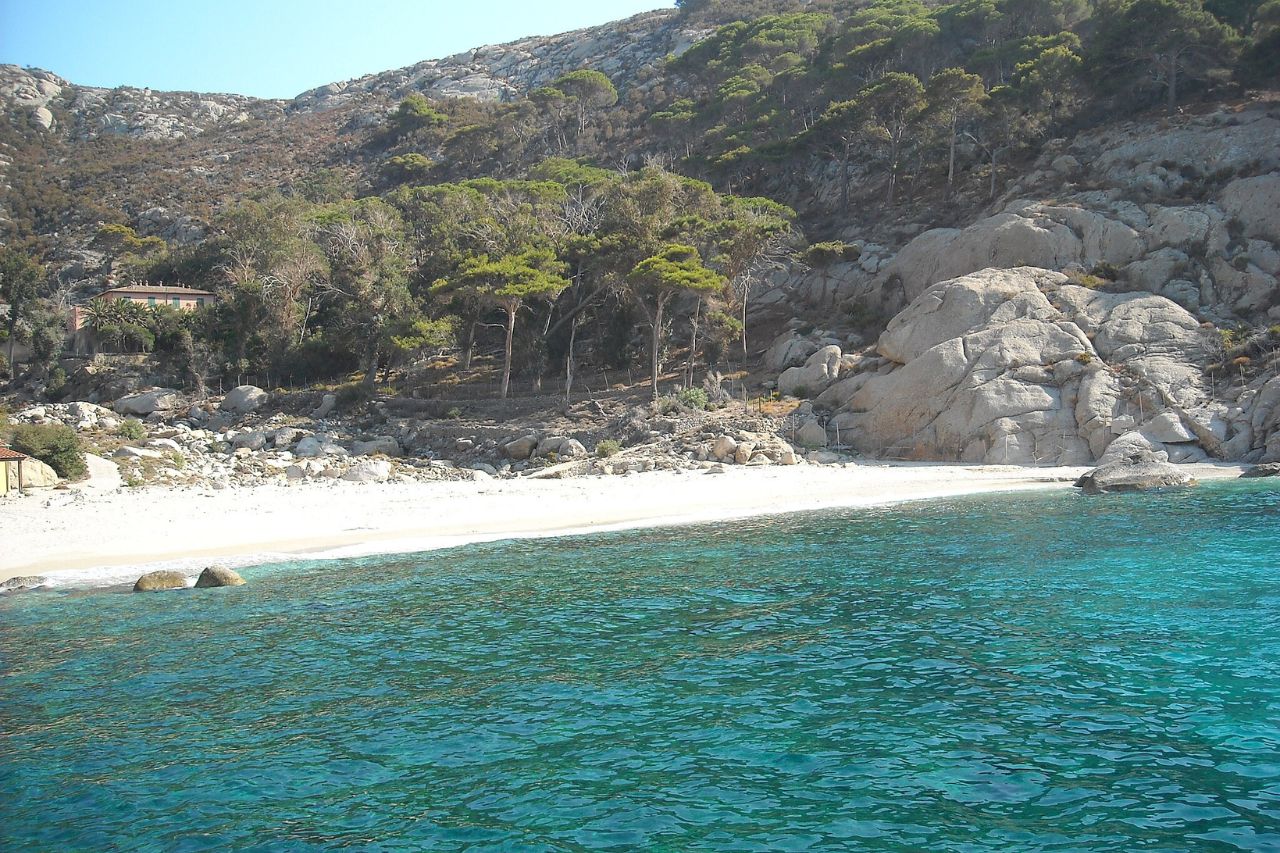
From 1899 to the 70s, Montecristo Island was known to be an exclusive hunting reserve belonging to King Vittorio Emanuele III of Savoy. After his exile, the European Council declared (in 1988) Montecristo as a Biogenetic Natural Reserve. By now, experts in the naturalistic sector (biologists, geologists, and agronomists) carefully take care of the protection of the fauna and flora still alive, which will welcome you once arrive.
7. Botanical Garden
Nestled within the medieval Villa Reale, the Botanical Garden stands as a precious gem on Montecristo Island. An immersive experience awaits visitors, offering a wealth of interactive tools, including films and models, providing insightful glimpses into the area’s rich history. Beyond its educational features, the garden is a haven for observing numerous botanical species crucial for preserving ecosystem integrity and biodiversity. Explore the lush greenery and informative displays, and delve into the intricate tapestry of Montecristo’s natural wonders within this enchanting sanctuary.
8. Lighthouse of Montecristo
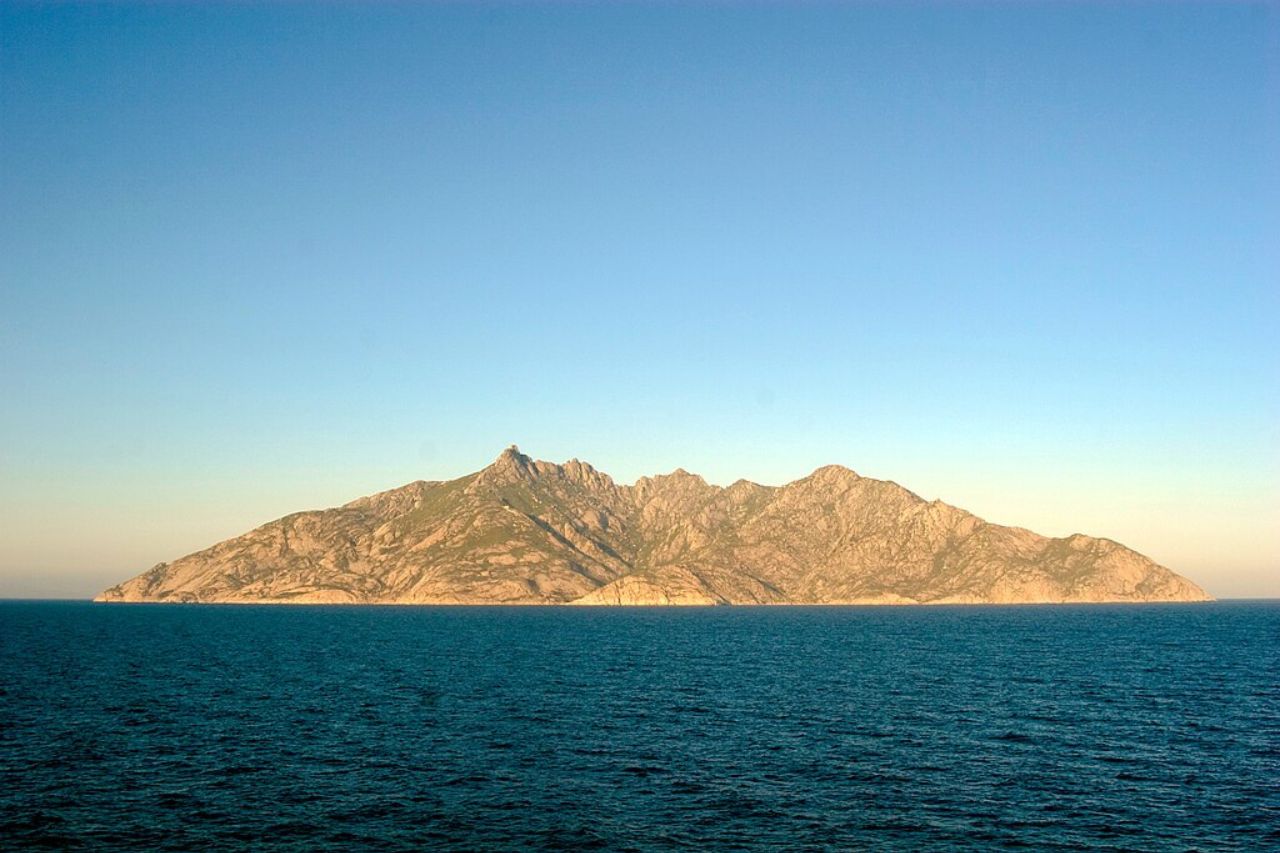
The Tuscan Archipelago is globally famous for its lighthouse, named: Faro dello Scoglio d’Africa. The latter, tucked between Montecristo Island and Corsica, takes this name from its southern position.
Active since 1867, this complex enlightens the Island to help mariners to cross the coast more easily. From an architectural point of view, instead, you will be able to admire the circular white tower made of local stone.
9. Roman Ruins
The Roman Ruins, nestled amidst nature, stand as a revered archaeological site, showcasing the remnants of temples, baths, and ancient houses dating back to the 3rd century BC. Surrounded by a tranquil landscape, this site provides a captivating journey through the echoes of an ancient civilization that once thrived on the ‘isolotto.’ For those with a keen interest in unraveling the mysteries of the past, exploring these well-preserved ruins promises a truly immersive and once-in-a-lifetime adventure.
Geology and Wildlife of Montecristo Island
Montecristo Island is literally a naturalistic jewel, hosting a wide variety of animal and vegetable species such as tree heather, cistus, and rosemary. You can access its territory through paths that lead to the mountain ranges: Cima dei Lecci and Monte Fortezza.
On the other hand, we recall the presence of migratory birds and spaces where there is an evident abundance of wild goats and reptiles, including the Sardinian disco glass frog, the Corsican gull, the lesser shearwater, or the golden eagle. Furthermore, the seabed stands out for the habitat lived by monk seals.
Montecristo Island Outdoor
Despite its morphological limitations, Montecristo Island is a good place for fitness enthusiasts. Indeed, you can keep training on vacation by taking part in multiple guided tours. The latter start from Piombino or Porto Santo Stefano up to Giglio Island.
With a group made of a maximum of 12 people, you can only outdooring in specific zones. We suggest you bring a pair of trekking shoes, a fundamental requirement to enjoy this activity.
The Best Hotels in Montecristo Island
Whether you’re looking for somewhere relaxing, close to Montecristo Island, and very budget-friendly, the Etruscan Coast offers many options of accommodations, ready to satisfy any visitor’s request. Here’s our top 3 stays.
Le Sirene

Le Sirene, based in the center of Seccheto (Elba), you can find outstanding views, private rooms with a terrace, and bathrooms fully equipped with bed sheets and towels.
Affordable Apartments next to the Seaside
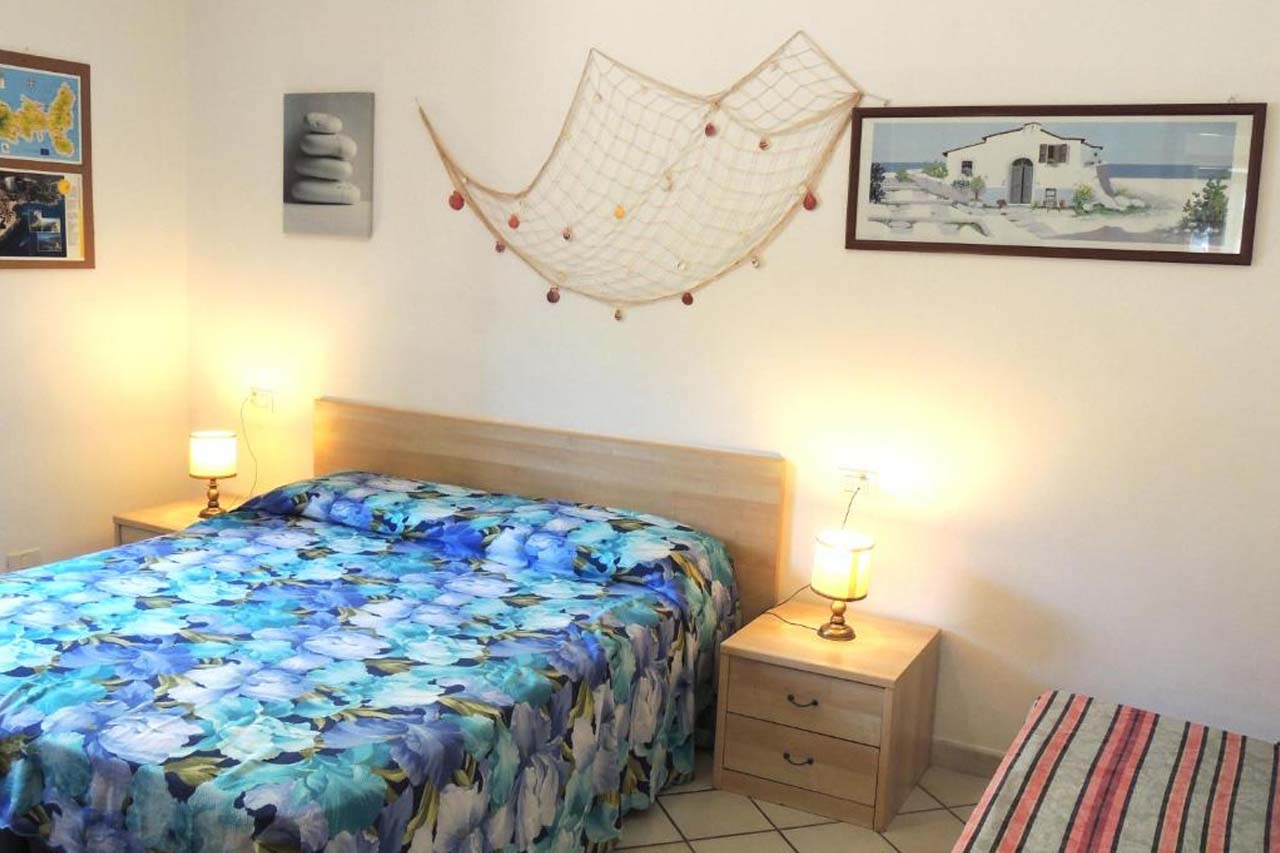
At Appartamenti Montecristo and Pianosa, you can reach Elba Port or Marina di Campo airport very easily. There, it is possible to find private rooms with an adjacent dining area and free private parking.
Residence Reale

At Residence Reale, you will find two Renaissance buildings with fully equipped single/double rooms and kitchen. Very close to the beach, it also offers a huge swimming pool and a gardening area. Breakfast is included and homemade.
What to Eat on Monte Cristo Island
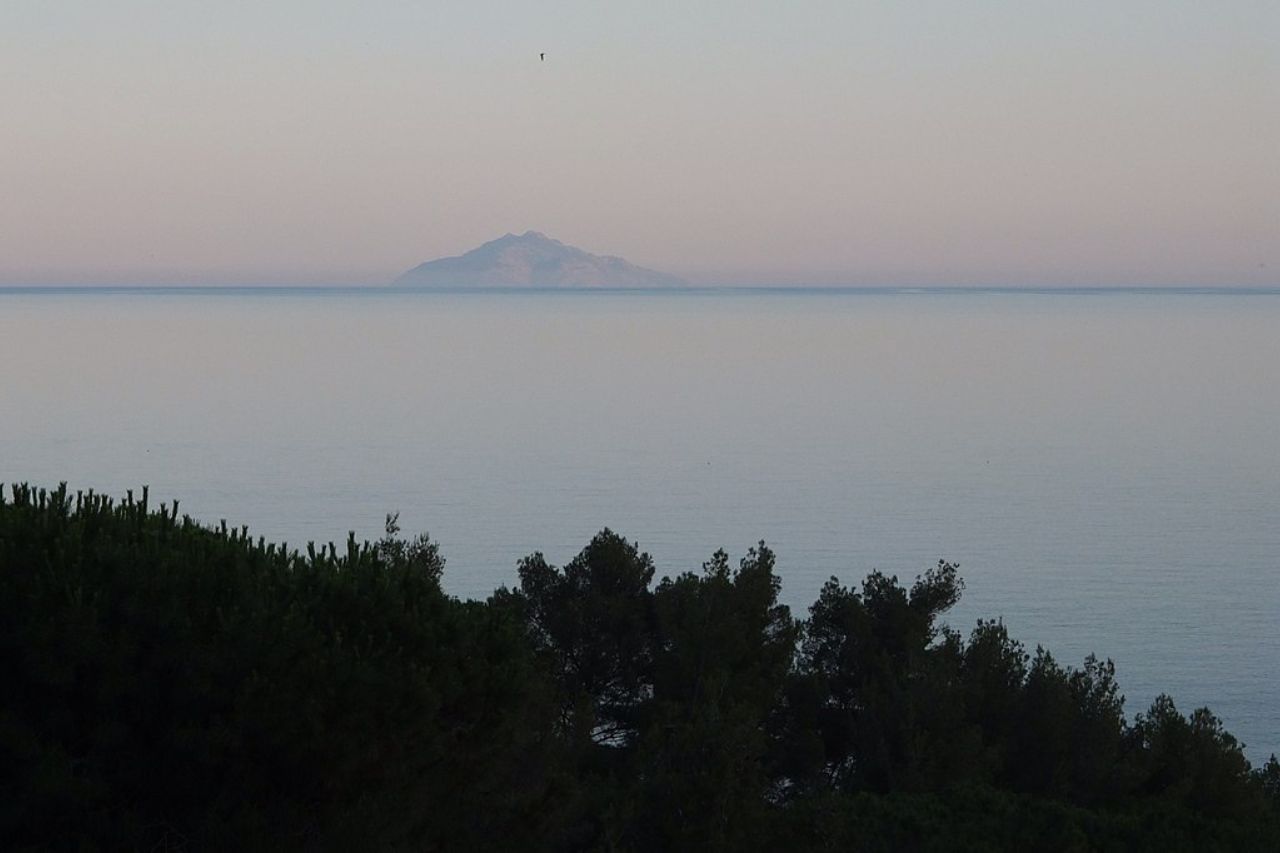
Montecristo Island is a protected area, inaccessible for bathing or catering. However, it is possible to find typically Italian delicacies nearby. We absolutely advise you to eat at ‘Che bolle in pentola?’ (based in Follonica), which offers a wide range of fried fish, homemade desserts and their famous tortelli al ragù. Alternatively, you could go to ‘Il Pirata’ (in the center of Follonica), which proposes specialties like rosemary squid or risotto.
What to See Nearby
Montecristo Island, thanks to its great position, allows you to reach quite significant maritime metropolitan spots like: Giglio Island and Elba Island. Let’s see what not to miss once you arrive there.
Giglio Island
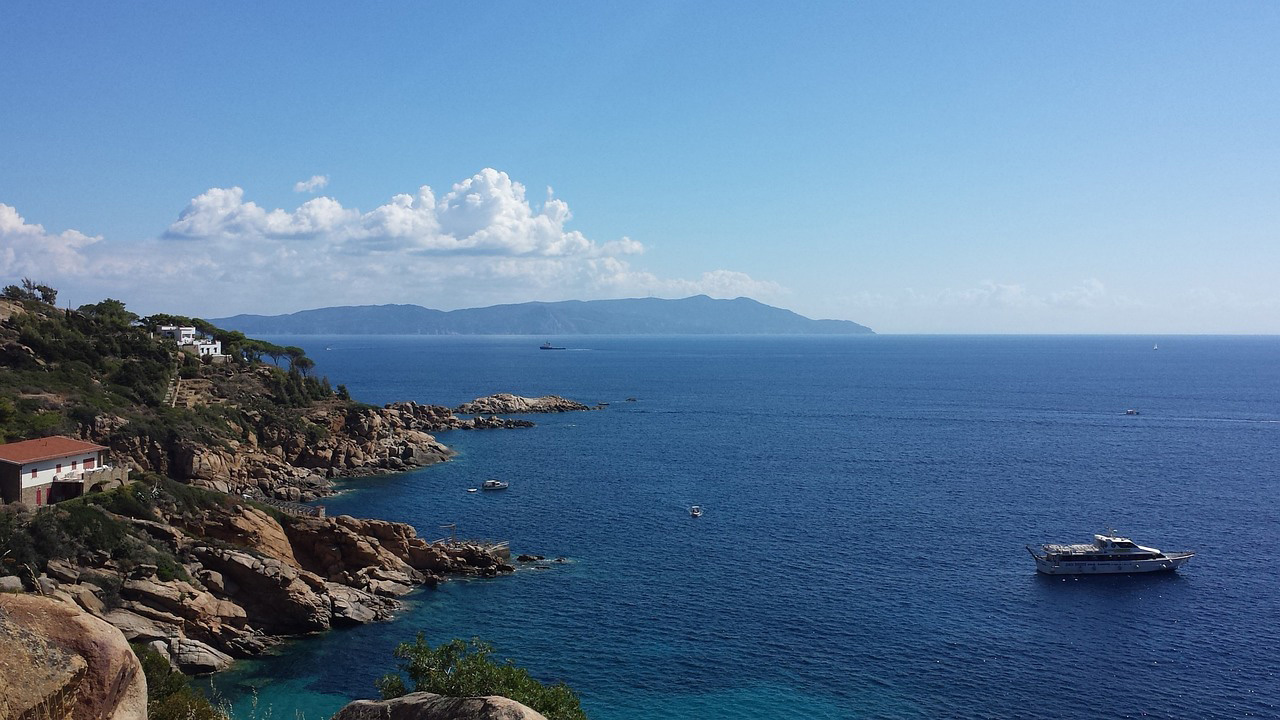
Only 10 miles from the mainland, Giglio Island is one of the most enchanting Tuscan beauties. Full of cultural, maritime and gastronomic spots, we suggest you visit Caletta del Saraceno, Punta di Capel Rosso and the Tower of Campese.
Elba Island
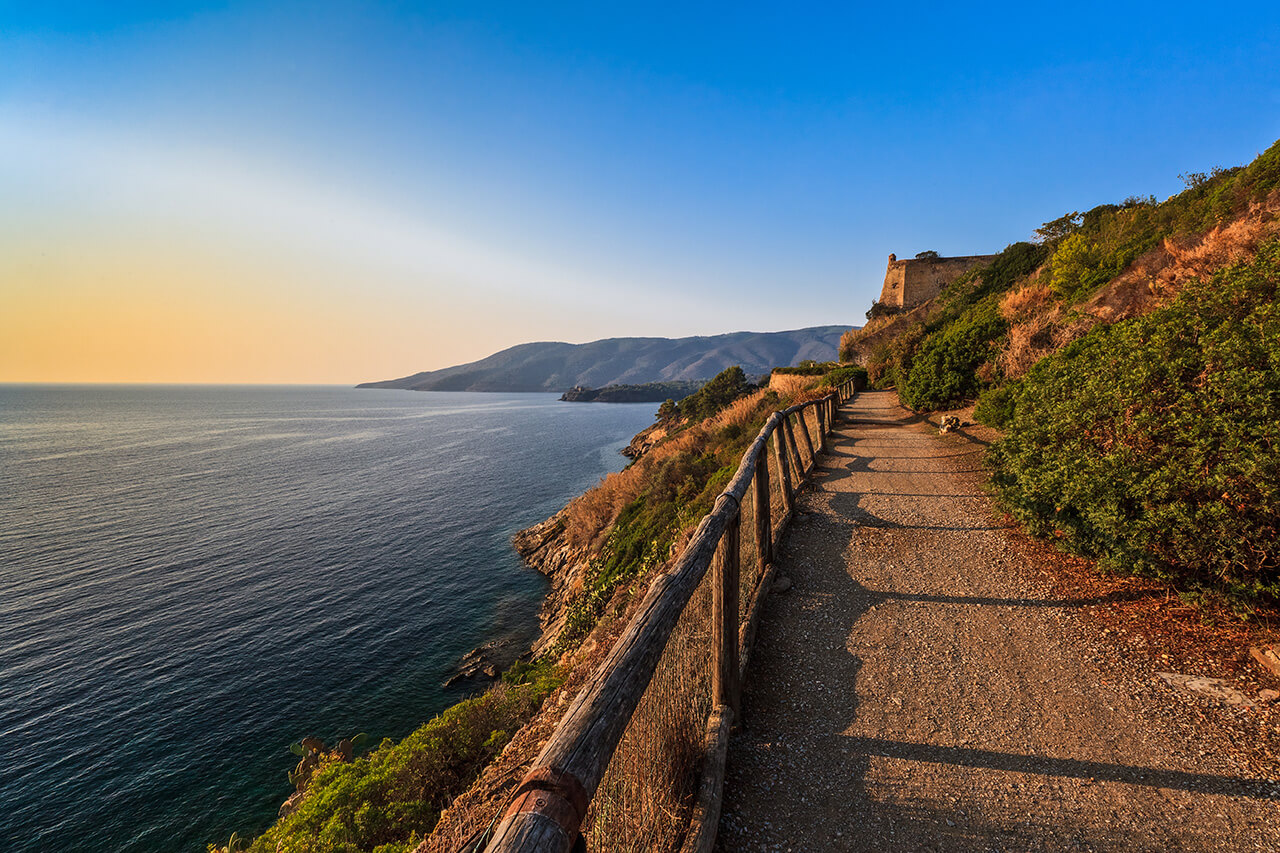
Known for being Napoleon Bonaparte’s post-exile refuge, Elba Island is full of treasures to admire. We recommend you visit the Museum of Residenze Napoleoniche, Monte Capanne, or Fetovaia Beach.
Curiosities about Montecristo Island
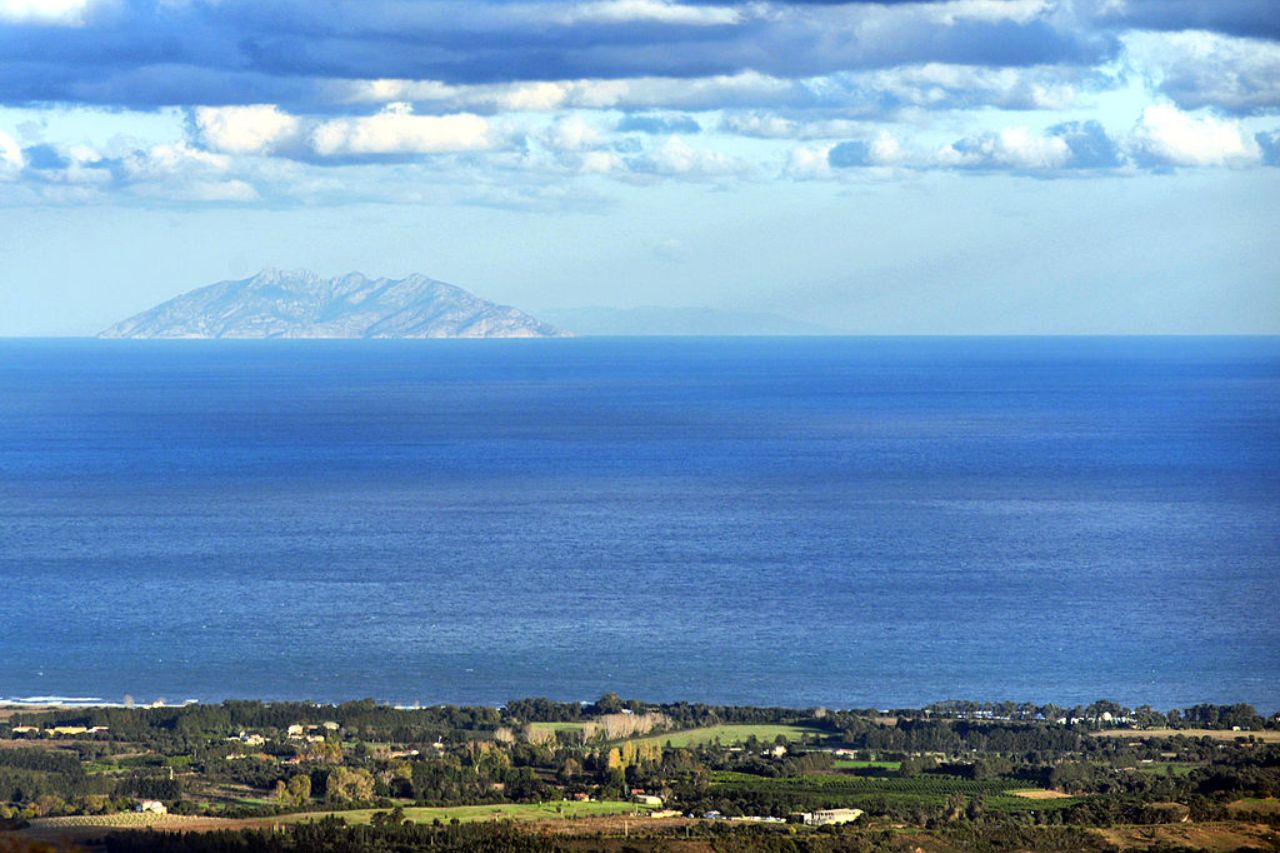
The Buried Treasure
The Buried treasure is part of a legend, which dates back to 1500 circa. As popular stories tell, there’s a hidden treasure in the Grotta del Santo. San Mamiliano Monastery monks put it there in order to protect it from the Ottoman Corsair Dragut.
The Island in Literature and Cinema
Montecristo Island, with its aesthetic and atmosphere, often became part of the literary and cinematographic field. It was quoted of course by A. Dumas, but also by A. Christie in ‘Two Little Indians’ and by G. Saviane in ‘Euthanasia of Love’.
Featured image credits: Photo by Rab Lawrence CC BY 2.0

